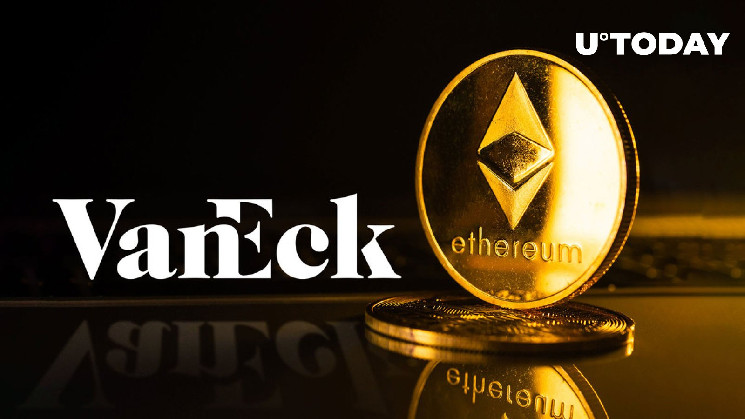New York-based financial giant VanEck recently outlined the $1 trillion base case for Ethereum Layer-2 (L2) solutions.
L2s solve the scalability problem by handling most transactions outside the main blockchain. The main types of L2s include zero-knowledge roll-ups (ZKUs) and optimistic roll-ups (ORUs).
In his comprehensive report, VanEck predicts that L2s could surpass Ethereum in revenue due to the former’s limited transaction throughput. That said, the company is bearish on the lion’s share of L2 tokens as they are not the base money in the crypto ecosystem.
VanEck believes that in the future there will be a whole range of roll-ups for specific use cases, while a few general L2s will dominate. For example, a separate package can be used to host a social media network.
The company has singled out Optimism, Arbitrum and Blast as the L2s that have managed to build quite vibrant ecosystems. Their success was achieved in part through successful airdrops that generated a lot of interest within the cryptocurrency community.
To measure the level of success of a given layer 2 solution, VanEck uses variables such as transaction prices, user experience, trust assumptions, ecosystem size, and developer experience.
According to data from DefiLlama, Arbitrum is the fifth largest protocol by total value at $3.18 billion. Blast comes in sixth with $1.3 billion. By comparison, Optimism ranks eleventh with $1.13 billion.
In other news, Ethereum co-founder Vitalik Buterin recently revisited his post on layer-3 (L3) solutions, where he opined that different layers must serve different purposes for such a solution to be reasonable.

